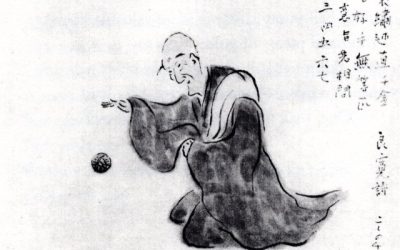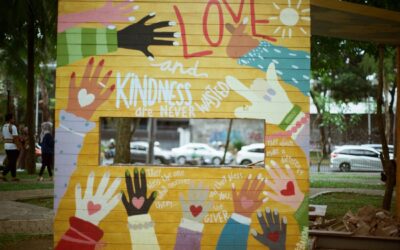Resources
Talks & Articles
| These articles and videos are provided to the community for your personal use free of charge. Our mission is to make quality, teacher-supported, mindfulness and compassion training accessible to communities in the Pacific Northwest and beyond. | Donate |
These resources offered free of charge for the community.
SUPPORTING MINDFULNESS NORTHWEST
Help us make mindfulness more accessible. We are a 501c(3) non-profit.











